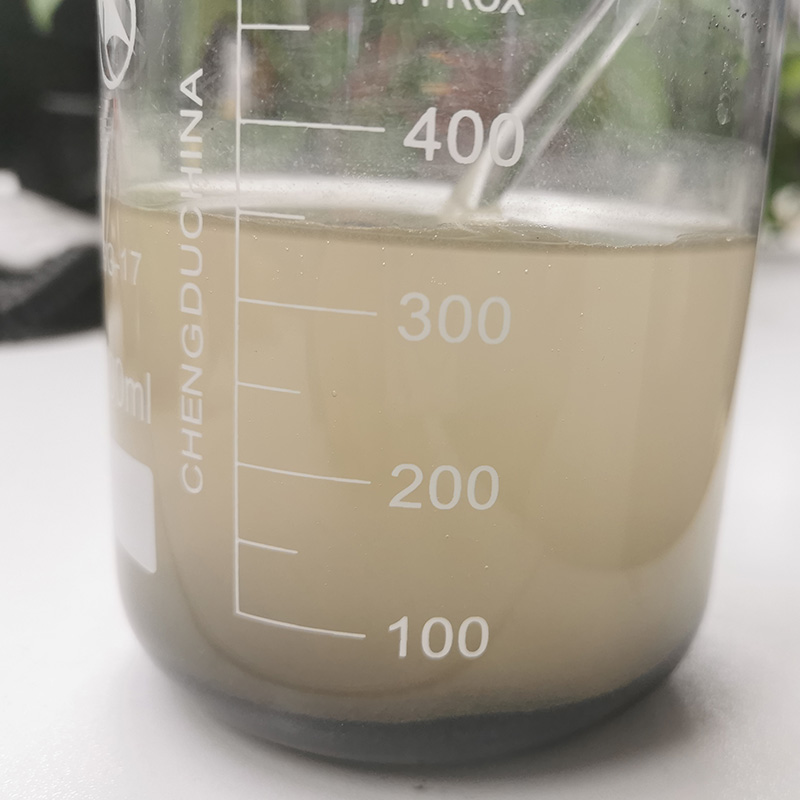Low turbidity chrome sand for foundry
Low turbidity chrome sand for foundry works well for thick-wall castings. The casting wrinkle and heavy leather defects of large thick-walled castings have always been a problem that plagued foundry enterprises. Even the use of chromite sand with superior performance is prone to defects that are difficult to clean. However, through a series of material and technical control methods, the quality of large thick-walled castings can be effectively improved.
Natural chromite ore is usually found in igneous rocks, and its main component is Fe-Cr oxide. The chromite sand crystal is a regular and complex cubic structure, consisting of eight basic structures to form a crystal particle. The chromite sand used for foundry raw sand should have a chromium content of more than 46% and an iron content of less than 30%. Chromite sand for foundry has superior heat transfer performance, good wettability resistance, and a thermal expansion coefficient lower than silica sand, olive sand, and close to zircon sand.
During the casting process, as the temperature of the molding sand rises above 1250 degrees, the volume of the sand increases. And the iron from the chrome ore sticks together. After cooling, air enters the interlayer between molding sand and molten steel, and the adhered iron will form a layer of wrinkled skin (heavy skin).
At this time, the following measures need to be taken to improve the phenomenon of heavy leather:
Choose clean chromite sand, the turbidity of the chromite sand should be less than 150ppm. Moreover, the content of SiO2 should be less than 1%.
For castings with a casting modulus of more than 5mm, the pouring temperature should be controlled at 30-50 degrees above the liquidus line as far as possible.
The thickness of the casting surface sand should not be less than 5-10cm. In the meantime, the mixing of the surface sand and the back sand of silica sand should be prevented.
The amount of resin binder can reach 30-50% of silica sand under the same conditions.
The oxygen content of molten steel is less than 10 ppm.
The zircon powder coating on the surface of the core sand should be painted twice. After the first coating, the second layer will be applied after drying.
Through the implementation of the above method, the wrinkle and heavy skin defects of large thick-walled castings can be effectively improved. Besides, it can reduce the workload of subsequent surface cleaning of the castings. Overall, chromite sand with low turbidity, low silicon content, and high chromium content plays a vital role in the casting of large castings.
















